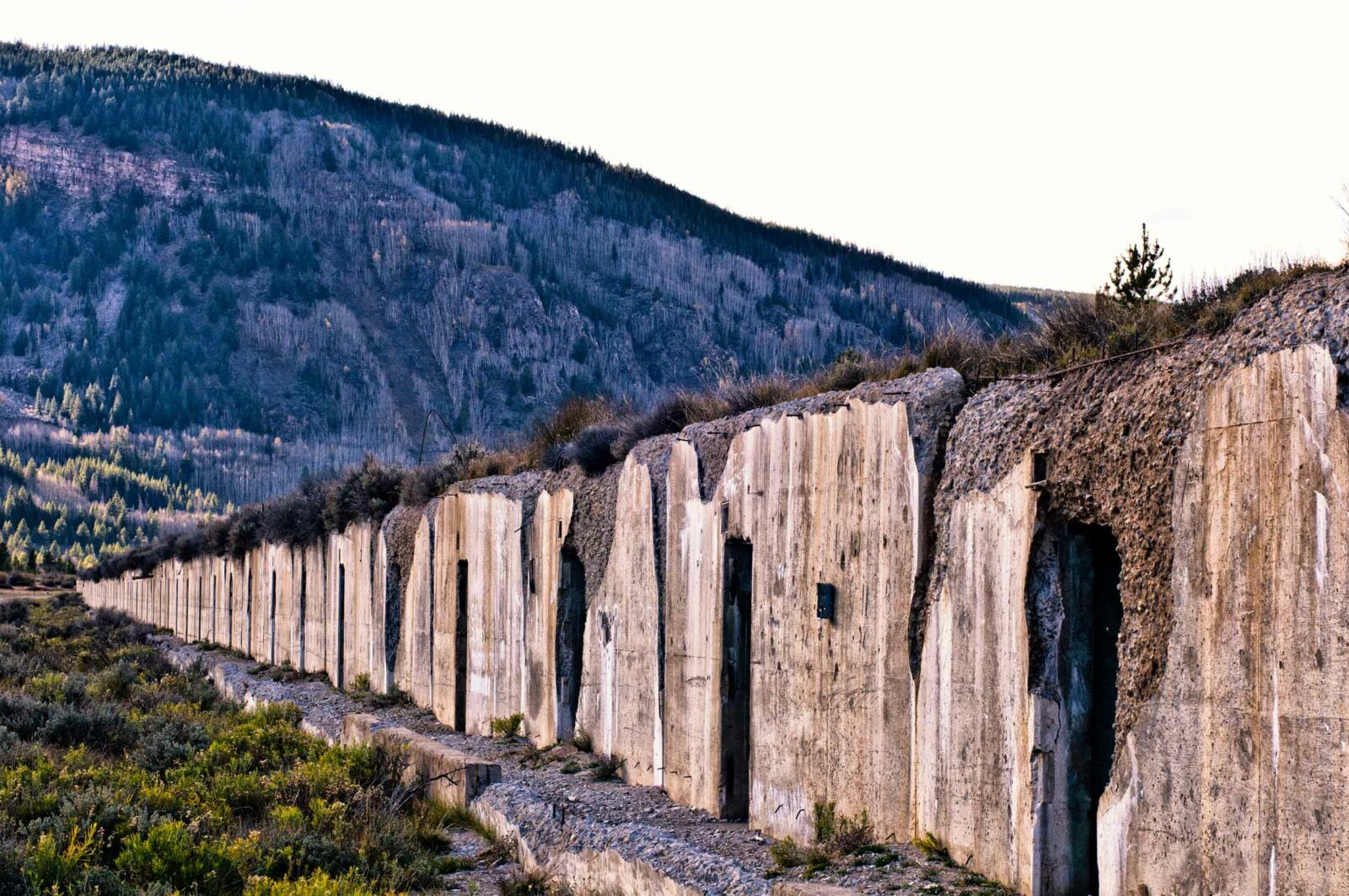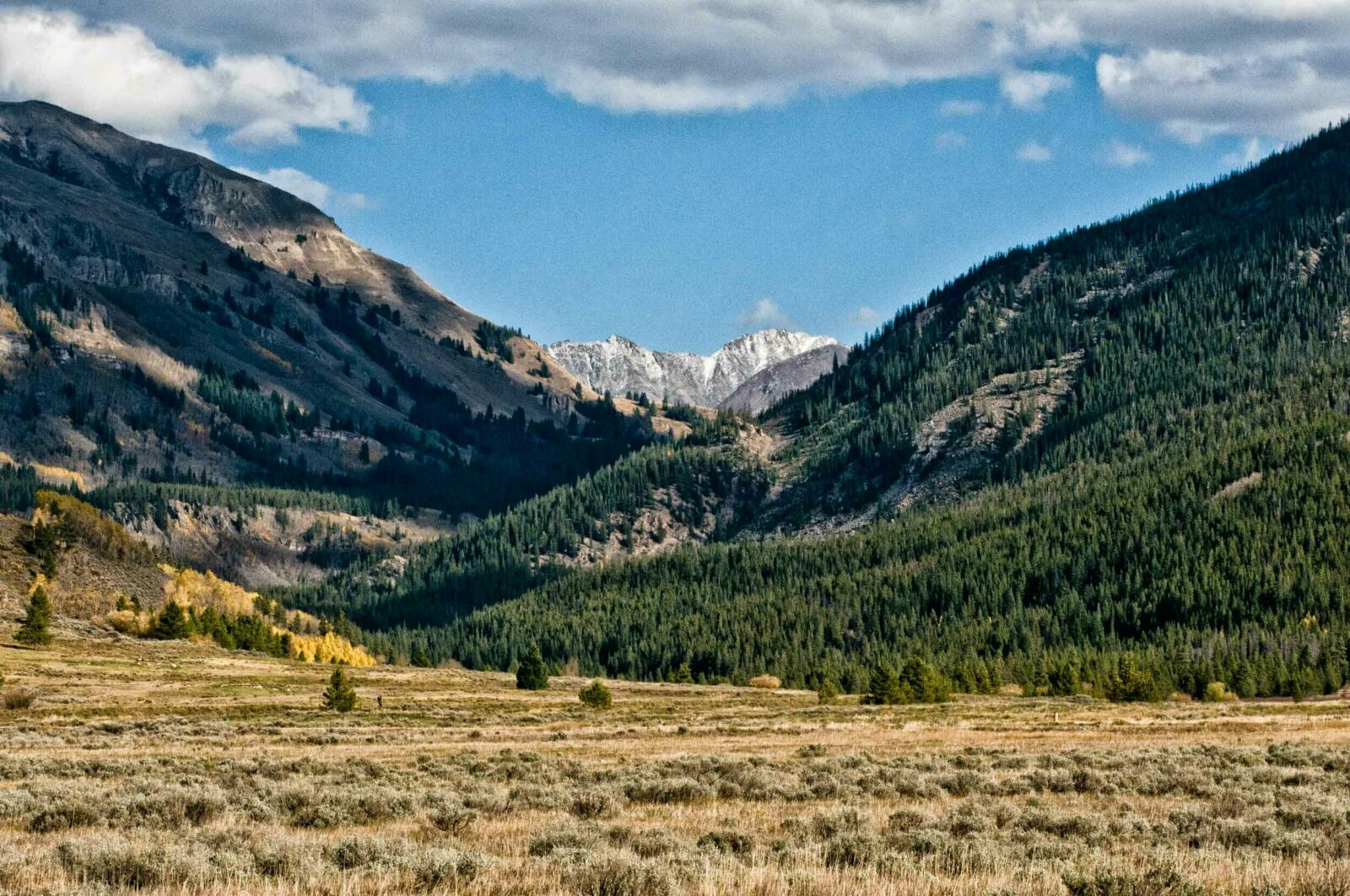In 2013, the NFF embarked upon a collaborative effort to improve the wetland and stream ecology of the valley and to honor the rich military history of the Eagle River at Camp Hale.
Tucked into a high-elevation watershed along the west slope of the Continental Divide in central Colorado are the headwaters of the Eagle River, a prominent tributary of the Upper Colorado River. These waters flow from each winter’s snowpack and are the lifeblood of both human and ecological communities in Colorado.



